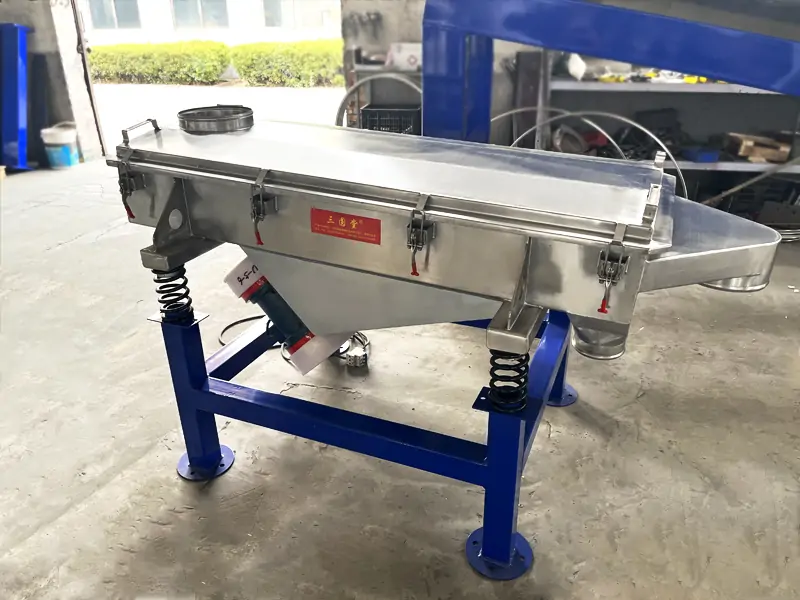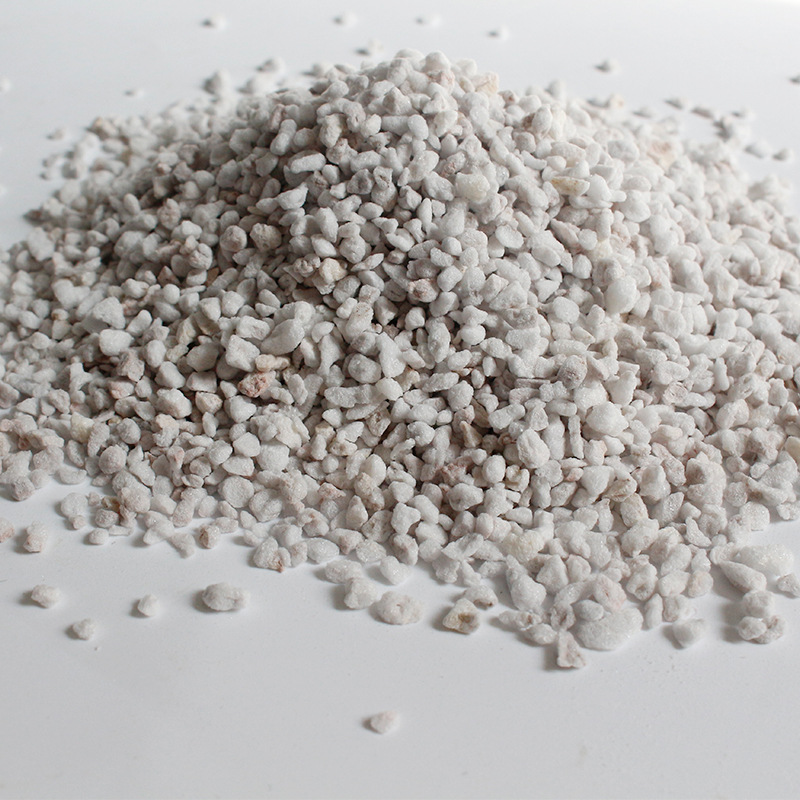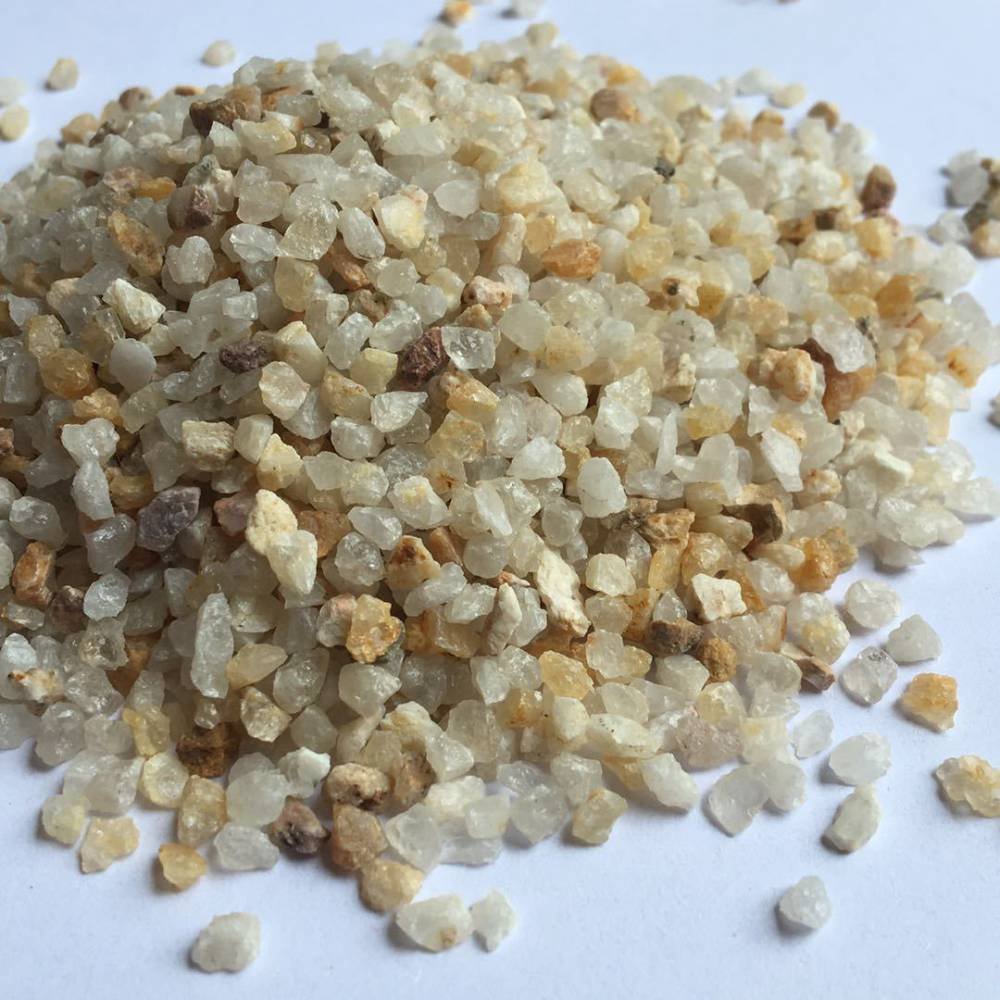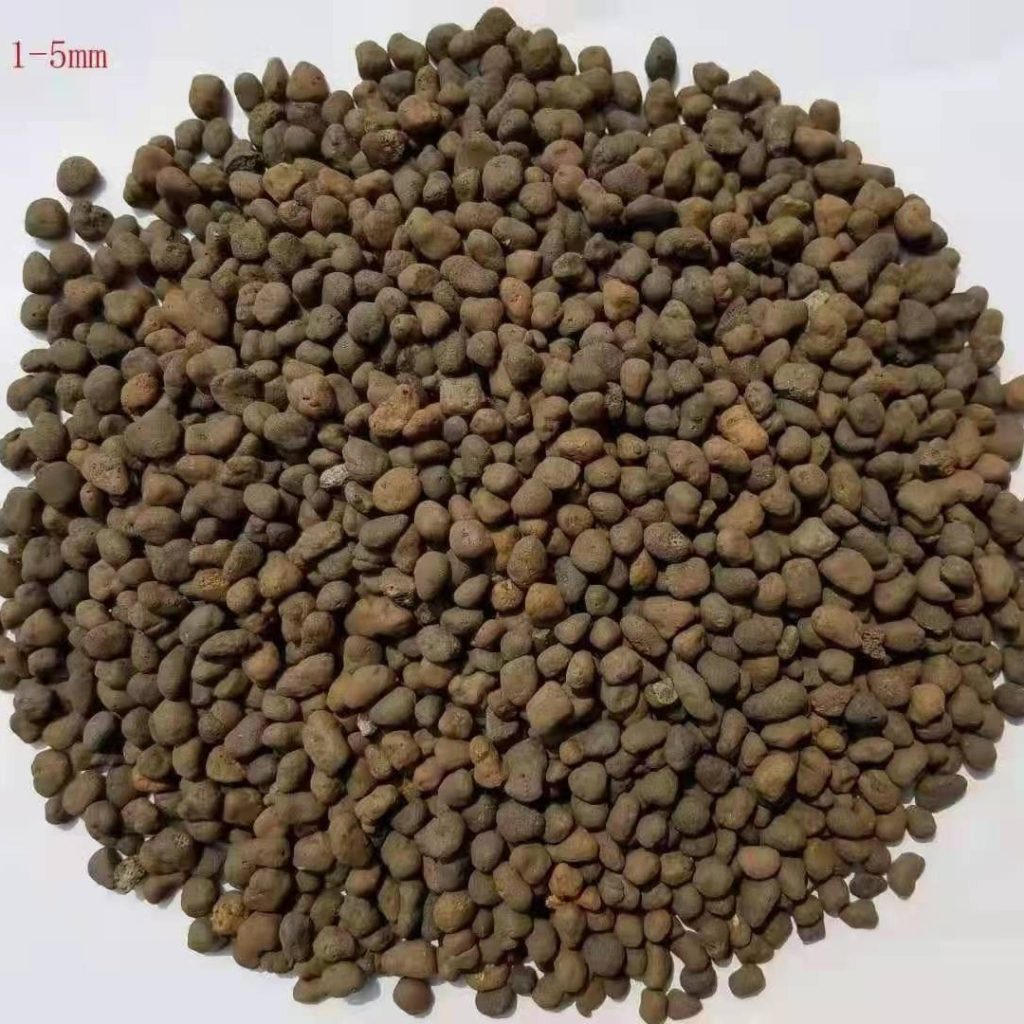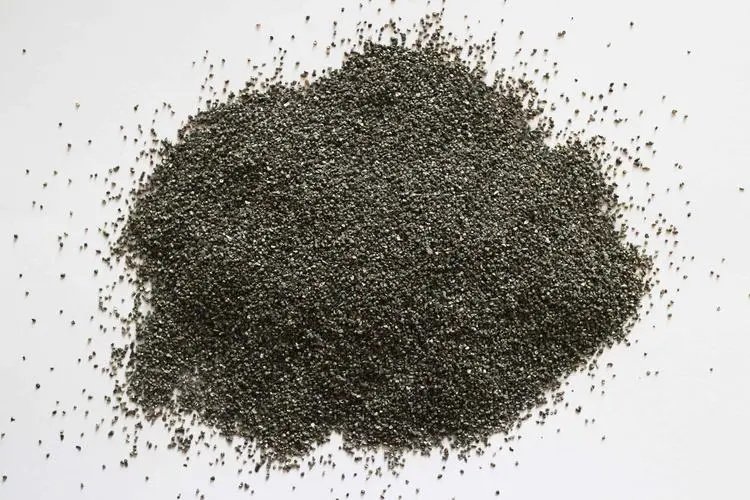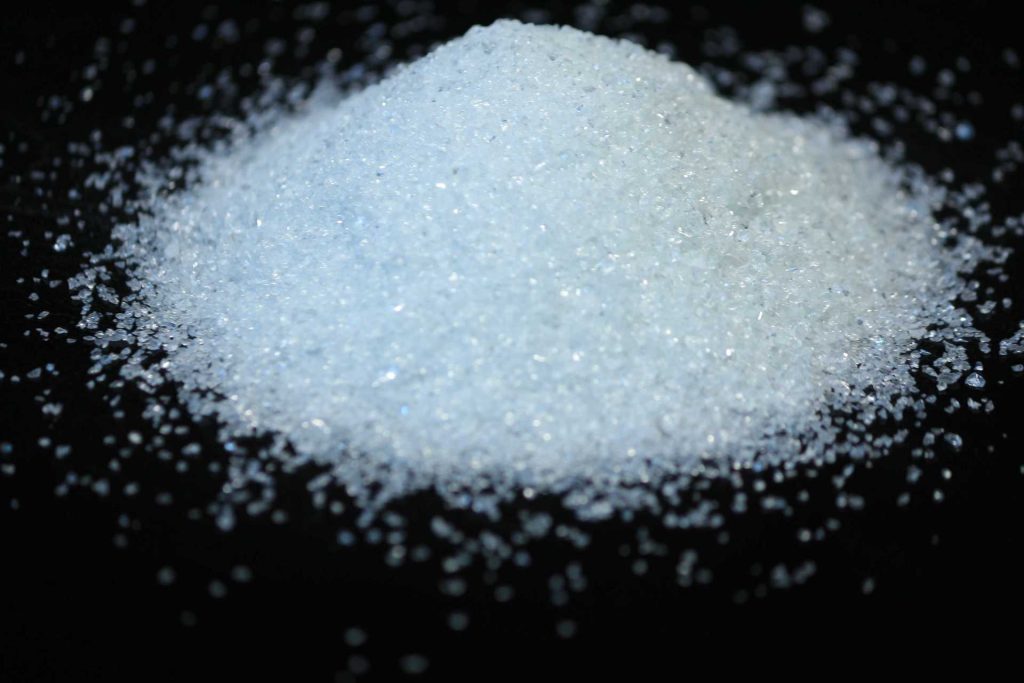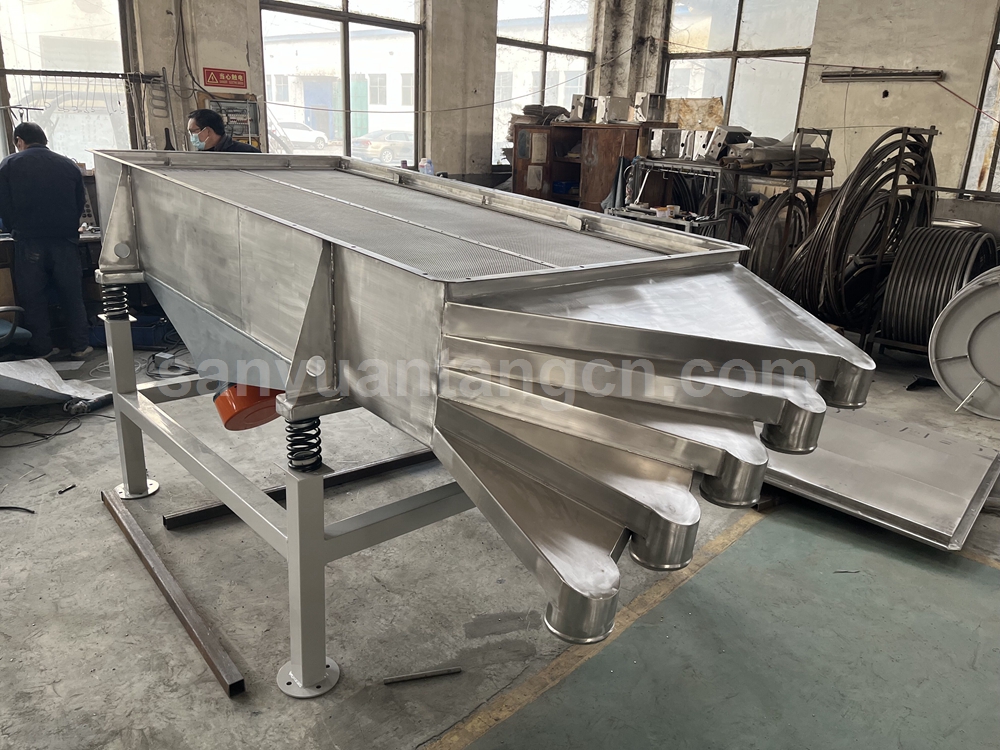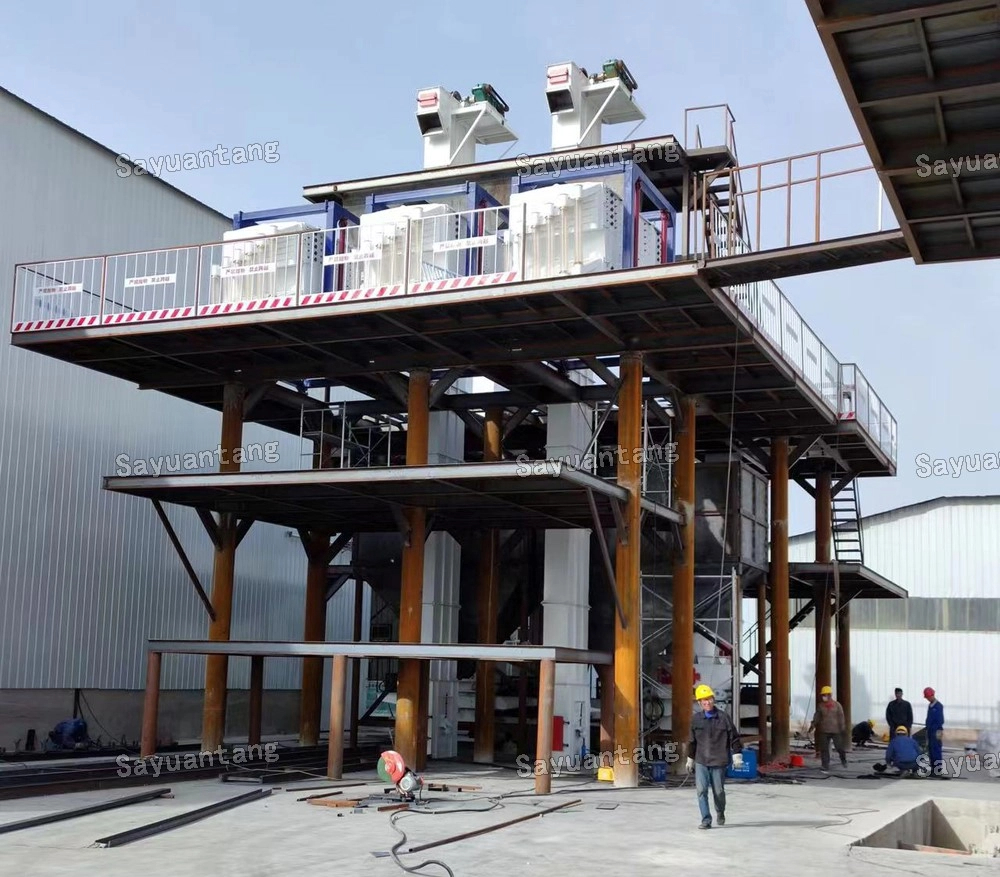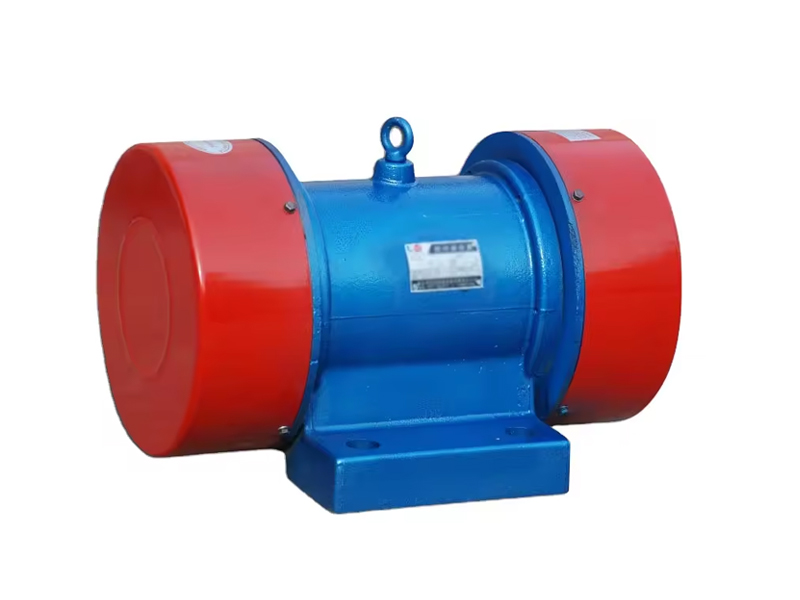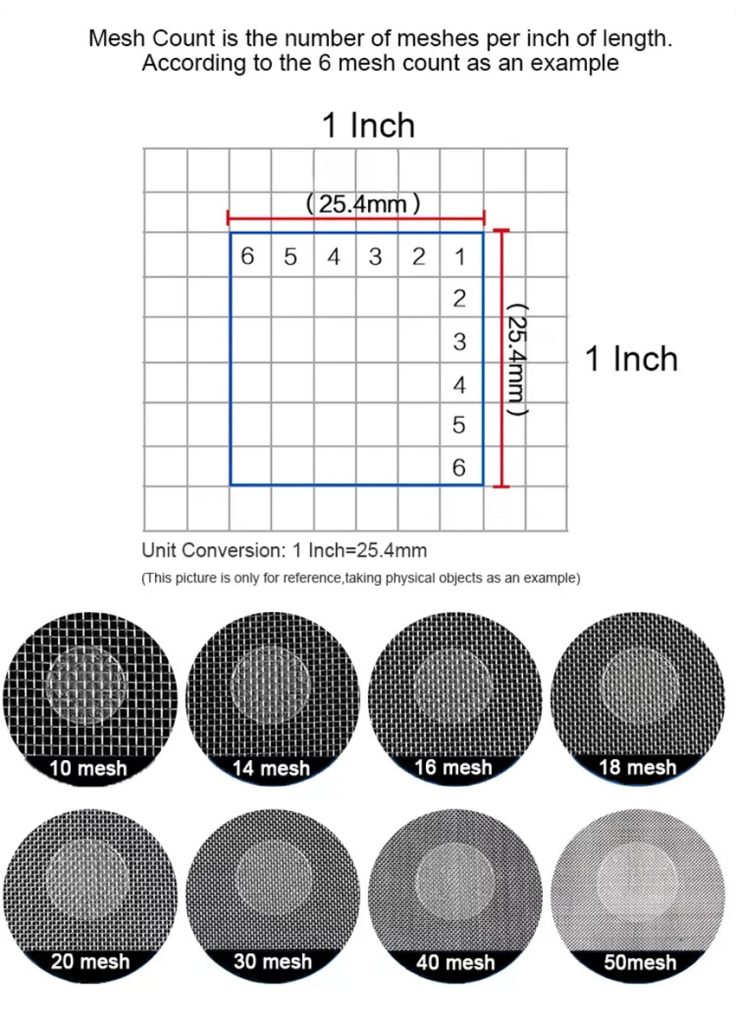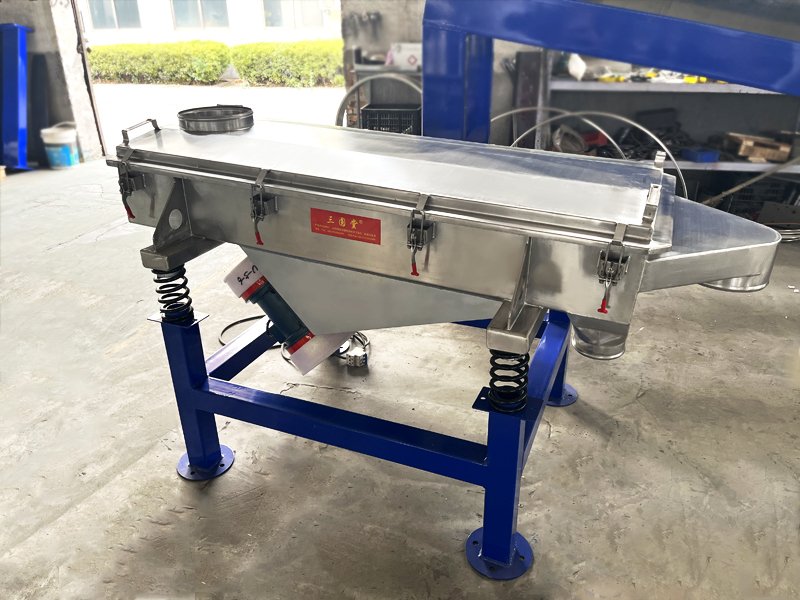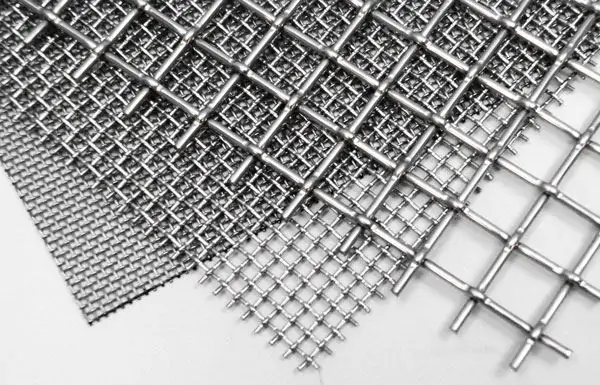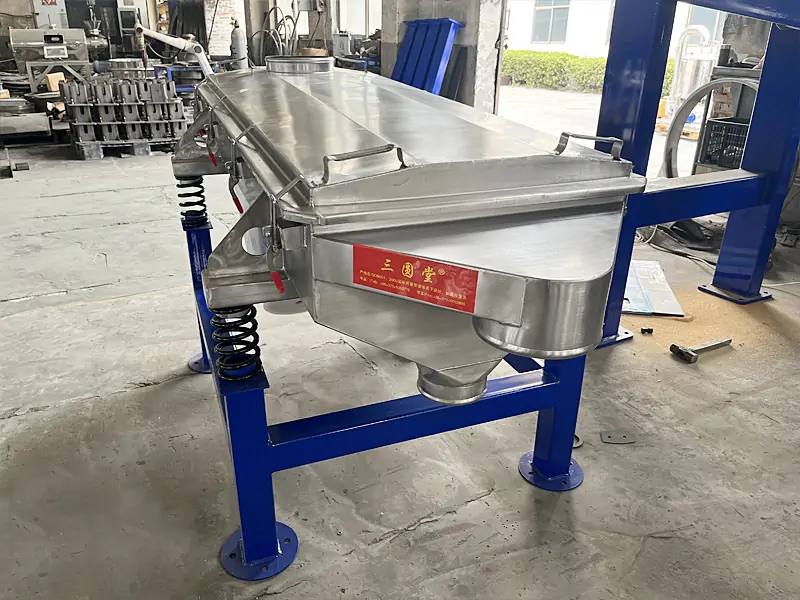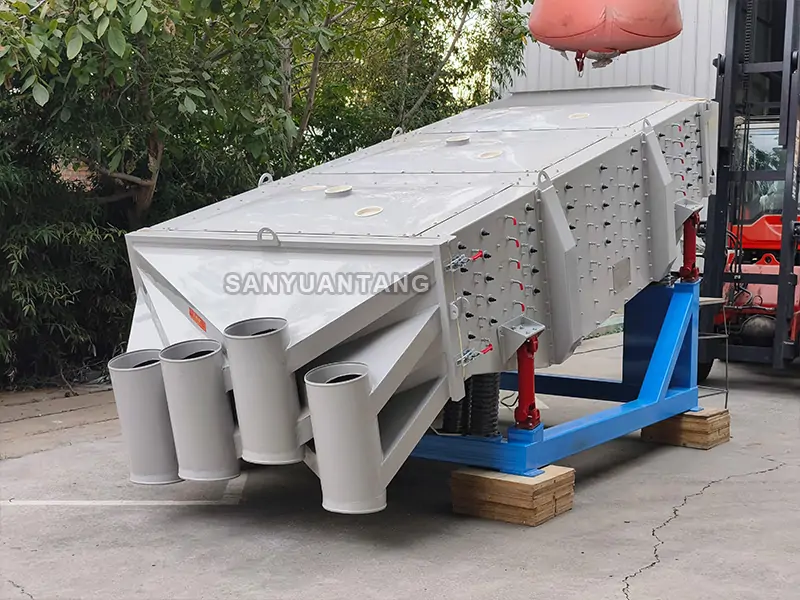Understanding the distinctions between probability screen and linear vibrating screen is essential for selecting the right equipment for specific screening applications. This article explores the key differences between these two types of screens, focusing on their principles, structural characteristics, applicable materials, and technical parameters.
I. Working Principle
Probability Screen: The probability screen operates on the principle of probability, enabling it to complete the screening process at a remarkably fast speed. This reduces the time required for material screening to just 1/3 to 1/20 of that needed by flexible vibrating screens. As a result, its processing capacity per unit screen area is 5 to 10 times greater than that of ordinary vibrating screens.
Linear Vibrating Screen: When the SYZ series linear vibrating screen is in operation, its two motors rotate synchronously in opposite directions. This causes the exciter to generate a reverse excitation force, compelling the screen body to move longitudinally. Consequently, the material on the screen is periodically thrown forward, completing the screening process.
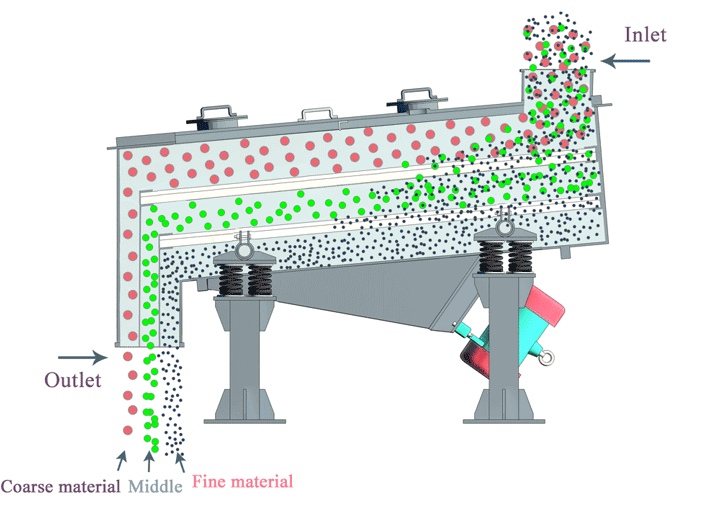
II. Structural Characteristics
Probability Screen: The basic structure of a probability vibrating screen is similar to that of an ordinary vibrating screen, comprising a screen box, exciter, and support (or hanging) device. However, it has four distinctive features: multiple layers, a large inclination angle, large screen holes, and a short screen surface.
Linear Vibrating Screen: The linear vibrating screen consists mainly of a screen box, screen frame, screen mesh, vibration motor, motor pedestal, vibration damping spring, and bracket.
III. Applicable Materials
Probability Screen: It is designed to handle sand and stone materials with a uniform particle size distribution, loose density (1.2-1.6t/m³), and moisture content not exceeding 5%.
 Perlite
Perlite Oil fracturing sand
Oil fracturing sand Ceramic sand
Ceramic sand Drying sand
Drying sand Abrasive
Abrasive
Linear Vibrating Screen: It is suitable for screening a variety of dry powder materials with particle sizes ranging from 0.074 to 5mm, moisture content below 70%, and non-sticky properties. The maximum feed particle size should not exceed 10mm.
 Grains
Grains Tea leaf
Tea leaf Abrasive
Abrasive Glass Powder
Glass Powder Sand
Sand Rubber Granules
Rubber Granules
IV. Technical Parameters
Probability Screen: Models include SYT-FYBS1536 and SYT-FYBS2040. These screens can have 2 to 5 layers and feature a screen angle between 15° and 30°.
Linear Vibrating Screen: Models include SYZ-520, SYZ-525, SYZ-530, and SYZ-1020. These screens have a surface inclination of 1° to 7° and can have 1 to 6 layers.
Summary
While both probability screens and linear vibrating screens are effective for different screening applications, they each have unique characteristics that make them suitable for specific materials and processes. Probability screens offer rapid screening with high processing capacity per unit area, making them ideal for materials with a uniform particle size distribution and low moisture content. Linear screens, on the other hand, are versatile for various dry powder materials and offer different models with varying screen inclinations and layer numbers. Understanding these differences ensures the selection of the most appropriate screen for your specific needs, enhancing efficiency and productivity in your operations.

